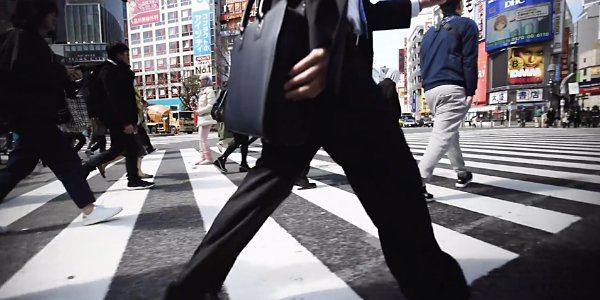Street Photographers - Truths
Street Photographers - Truths
Blog Article
Some Ideas on Street Photographers You Need To Know
Table of ContentsSome Known Questions About Street Photographers.Things about Street PhotographersThe Definitive Guide for Street PhotographersRumored Buzz on Street PhotographersExcitement About Street Photographers
, a category of photography that records day-to-day life in a public location. The actual publicness of the setting makes it possible for the photographer to take candid photos of complete strangers, often without their understanding. Street digital photographers do not necessarily have a social purpose in mind, but they like to isolate and capture moments which could or else go undetected.He was affected by numerous of those who influenced the street professional photographers of the 1950s and '60s, he was not mainly interested in capturing the spirit of the road., who functioned side by side with photographers attempting to capture the significance of metropolitan life.
Due to the somewhat primitive technology readily available to him and the lengthy exposure time needed, he had a hard time to capture the stress of the Paris streets. He trying out a collection of photographic methods, attempting to find one that would certainly allow him to record movement without a blur, and he discovered some success with the calotype, patented in 1841 by William Henry Fox Talbot. Unlike Atget, professional photographer Charles Marville was hired by the city of Paris to create an encyclopaedic record of Haussmann's city planning project as it unfolded, therefore old and new Paris. While the professional photographers' subject was basically the very same, the results were markedly different, showing the impact of the digital photographer's bent on the personality of the photos he generated.
Everything about Street Photographers
Given the fine top quality of his pictures and the breadth of product, designers and artists typically acquired Atget's prints to utilize as recommendation for their own job, though commercial interests were hardly his major inspiration. Rather, he was driven to picture every last residue of the Paris he enjoyed.

Unlike his peers, Brassa made use of a larger-format Voigtlnder camera with a longer direct exposure time, requiring him to be much more computed and thoughtful in his method than he might have been if utilizing a Leica. (It is assumed that he might not have been able to afford a Leica during that time, but he did, nonetheless, make use of one in the late 1950s to take colour photographs.) Brassa's pictures of the Paris underworld illuminated by fabricated light were a revelation, and the collection of the collection that he published, (1933 ), was a significant success.

Some Known Factual Statements About Street Photographers
It is due to the fact that of this essential understanding of the art of picture taking that he is frequently credited with discovering the tool all over again roughly a century since its development. He took photos for more than a half century and affected generations of professional photographers to trust their eye and instinct in the moment.
These are the questions I will attempt to respond to: And afterwards I'll leave you with my Continued very own definition of street photography. Yes, we do. Let's start with specifying what a definition is: According to it is: "The act of specifying, or of making something certain, unique, or clear".
No, absolutely not. The term is both restricting and misleading. Seems like a street digital photography should be pictures of a roads right?! And all road professional photographers, with the exception of a little number of outright beginners, will completely value that a street is not the essential part to street digital photography, and really if it's a photo of a street with maybe a few try this out boring individuals not doing anything of passion, that's not road digital photography that's a picture of a road.
Street Photographers Can Be Fun For Everyone
He makes a valid point don't you think? While I agree with him I'm not sure "candid public digital photography" will capture on (although I do kind of like the term "honest photography") since "street digital photography" has been around for a lengthy time, with several masters' names connected to it, so I believe the term is right here to remain. Street Photographers.
You can fire at the beach, at a festival, in a street, in a park, in a piazza, in a cafe, at a gallery or art gallery, in a metro terminal, at an event, on a bridge, under a bridge ...
Get This Report on Street Photographers
Yes, I'm afraid we have no choice! Without rules we can not have an interpretation, and without a meaning we don't have a style, and without a genre we don't have anything to define what we do, and so we are stuck in a "regulations definition genre" loophole! - Street Photographers

Report this page